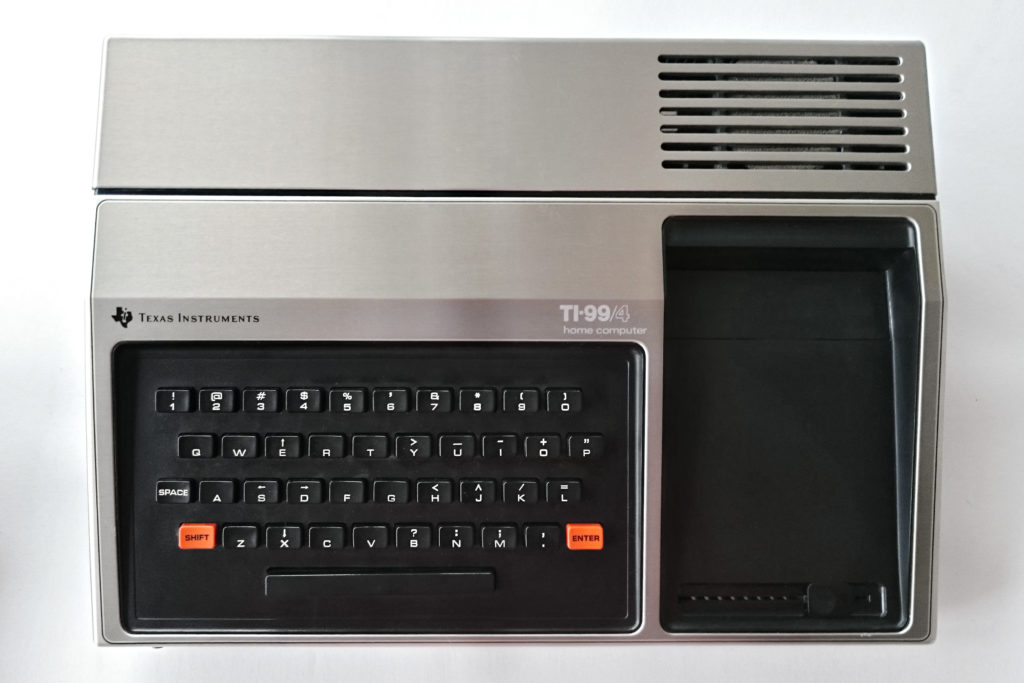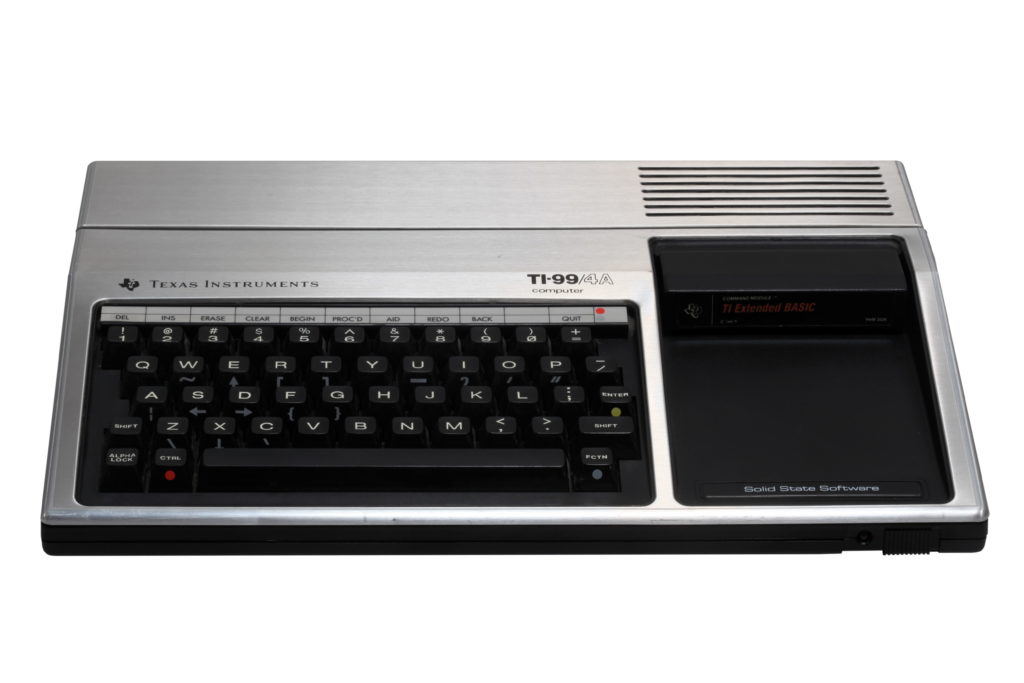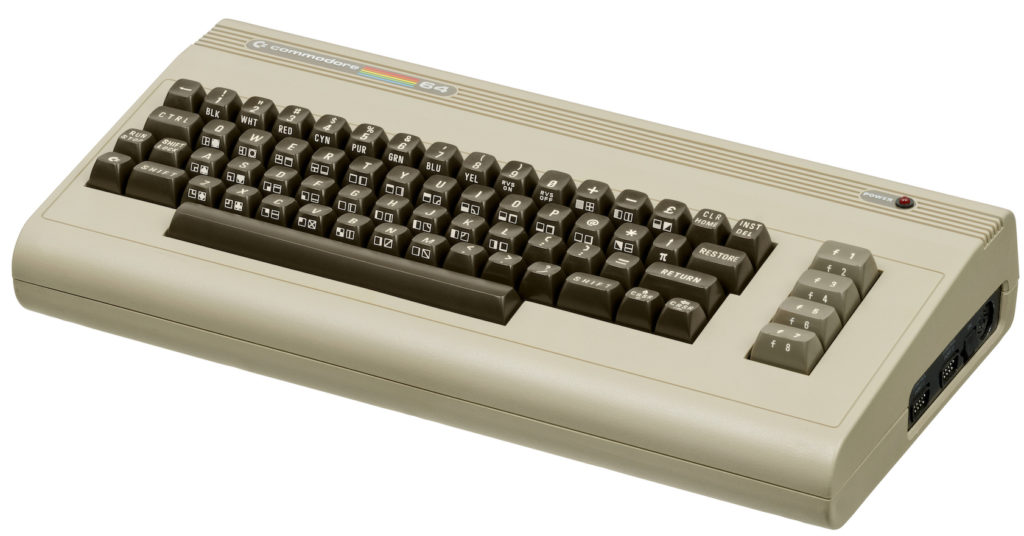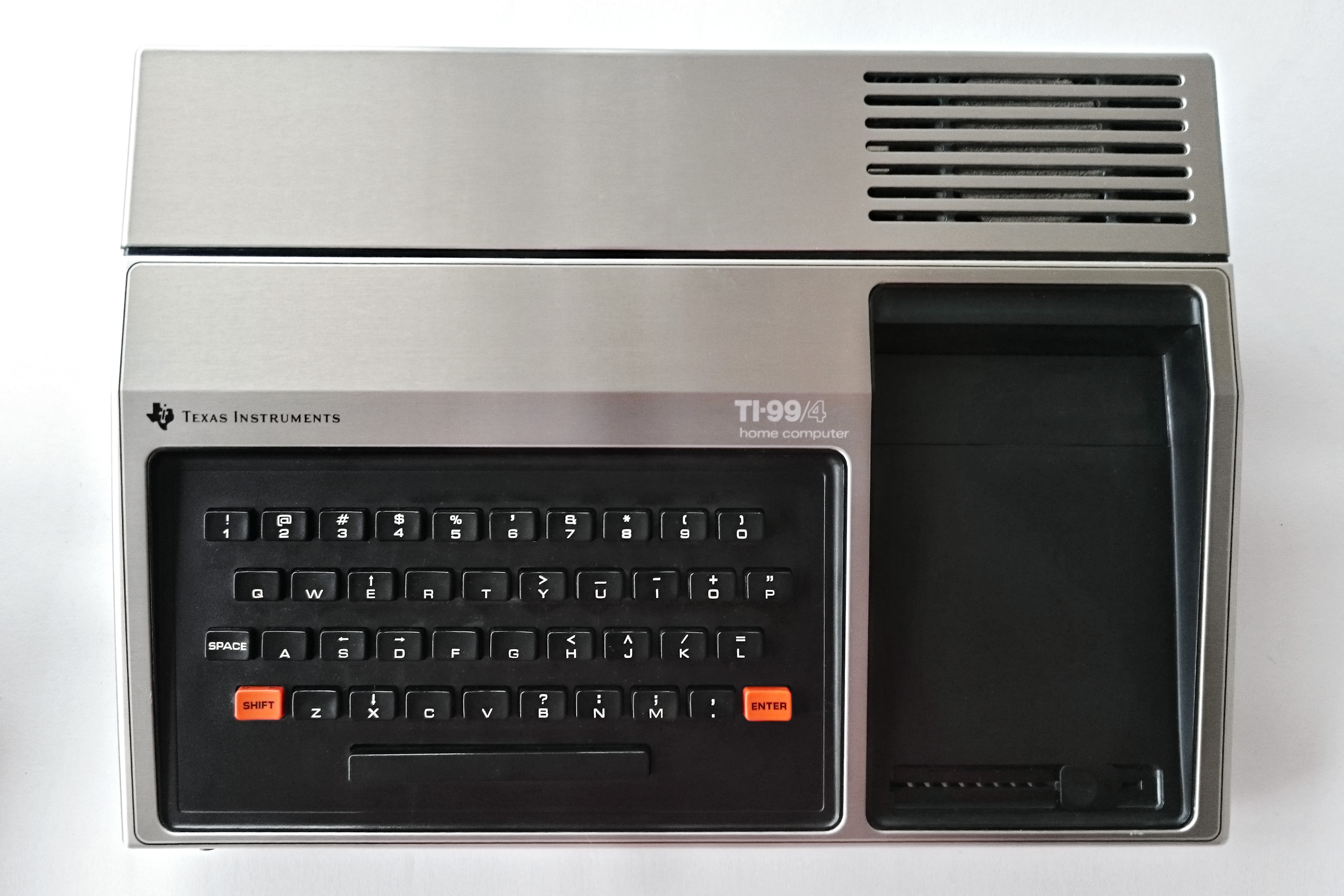In 1958, Texas Instruments changed the world when Jack Kilby created the integrated circuit. Before this invention, miniaturisation of components was a monumental task that had flummoxed the greatest electronics engineers; yet Kilby managed it in a month. From then on, nothing would be the same.
Texas Instruments continued to innovate over the coming decades, creating the first “microcomputer on a chip” (a very early version of what we would later come to call a CPU) in 1974 with the TMS 1000. It was a 4-bit computer chip and Texas Instruments put it inside everything they could, from credit card swiping machines to early electronic games and anything in between.
Then came the TMS 9900, a 16-bit microprocessor. It arrived in 1975, just a year after the TMS 1000, and it blew away its predecessors. Texas Instruments built a line of TI-990 minicomputers around this chip, known as the “9900/990 family”.
So it was only a matter of time before they tried their hand at the home computer market, with a smaller and more streamlined system. Enter the TI-99/4. The first 16-bit home computer, in an era when 8-bit systems hadn’t even managed to gain dominance of the home yet. The 99 in the name both links this home microcomputer system to its big minicomputer siblings and also refers back to the 9900 processor they all ran on.
The TI-99/4 arrived in 1979, the year before the Vic 20 would properly begin Commodore’s rise to dominance; and a full three years before Sinclair would redefine both Western Europe and (thanks to an army of clones behind the Iron Curtain) Eastern Europe as well, with its ZX Spectrum.
The TI-99/4 comes in a wonderful, shiny aluminium case with matt black highlights and features lovely red keys on either side of a godawful, chicklet keyboard that feels as if it’s straight out of a calculator (a fact that wasn’t lost on critics). The keyboard featured a non-standard layout that caused problems for anyone who was used to typewriters and it also has two space bars (one to the left of the home line of letter keys and one below the lower line) for reasons I cannot fathom whatsoever.
It has a massive cut-out section in its case that acts as something of a heat sync but is actually there for you to be able to slide in cartridges with ease. Although most of the software for the machine would come on these cartridges, the machine could also be hooked up to a tape deck and a 5 1/4″ floppy drive, the standard floppy format for the time.
The TI-99/4 looks like something from the future, brought back to fit in with the past. It is a beautiful design in an era where many computers looked like a bulky science fiction prop.

It was a relatively successful system during most of its production run and it could be expanded nicely; with popular add-ons including an excellent speech synthesiser (unsurprising given that Texas Instruments has pretty much dominated the market for that with their Speak & Spell machines); a thermal printer (not unlike the one the Sinclair would later offer for use with their ZX Spectrum); and the possibility of a modem, too. How could it fail?
Pretty easily, sadly. Right from the start, the machine’s TI-BASIC was incompatible with Microsoft’s emerging standard of BASIC and it has no lower-case alphabet support. So there’s that. It also didn’t help that it was really expensive, retailing at $1,150 (around $3,987 in 2019) thanks to the need to bundle it with a monitor. This is a comparable price to the Apple ][ but almost double that of a TRS-80. Which are home users on a budget going to go for?
Nevertheless, the TI-99/4 series managed to grab itself a 35% market share at its high point; no doubt due to its clever marketing and aiming for the educational markets.
Texas Instruments also only made the machine from high-end parts, which meant a quality product, and they tried to keep third parties from releasing too many games on the machine, which let it appear more “serious” or “sophisticated” than its rivals while also avoiding the glut of cheap tat that would ultimately caused the downfall of Atari’s 2600 behemoth. When you bought a TI-99/4, you knew you were getting top quality stuff.
That was the idea, anyway. Not everyone agreed; and the criticisms were many.
These criticisms did not fallen on deaf ears, however. Texas Instruments knew their machine’s keyboard wasn’t great. They knew it needed a decent RF modulator instead of the pack-in monitor the early machines came with (which had been a necessary addition due to Texas Instruments being unable to get FCC certification on their RF modulator in time for the machine’s initial launch) and they knew the price had to come down drastically.
So, in 1982, a new version of the machine launched. Dubbed the TI-99/4A, this aluminium-cased wonder came with a larger keyboard that did away with the chicklet style in favour of full-travel keys. There was no monitor bundled with the system, so the price was able to plummet to a highly competitive $525 (about $1,403 in 2019).
Texas Instruments would later drop the price even further, to $299 (about $799 in 2019). At that point, the company was taking a loss on each system they sold.

The new machine was a drastic improvement over its predecessor. Not only was the keyboard far superior and the computer could now handle lower-case letters (well okay, it still couldn’t but at least it had smaller capital letters where the lowercase should have been, so it didn’t seem like it was constantly shouting at you any more) but the machine was also backward compatible with the older version’s software and it could handle the same peripherals. If you bought a TI-99/4A, you couldn’t lose!
That was the idea, anyway – and for a while it seemed the public agreed.
Texas Instruments had sold over 1 million TI-99/4 and TI-99/4A machines by the middle of 1983. The machine was a success and the price drop had meant it was able to compete right alongside the Vic 20 and other machines. So what happened? Why did it fail?
Well, partly for the same reasons it had managed to gain a foothold in the first place (the lack of games making it seem like a more serious and/or educational purchase for the modern family); and partly because of a major (and potentially fatal) design flaw.
Texas Instruments discovered that there was a problem with the power supplies on their machines which, under the right circumstances, could short and deliver a lethal amount of electricity directly to the user. Thankfully nobody ever fell foul of this fault but the company calculated it would cost them $50 million to recall and fix the problem. To their credit, they did undertake a recall and did fix the faulty power supplies.
They also pulled the machine from sale for several months in order to effect a replacement of the faulty part. This gave their competitors free rein to move in on their market share – and move they did. Texas Instruments had a 35% share at their peak but it wouldn’t last.
Commodore launched a pincer manoeuvre. Using the brand recognition of their popular Vic 20 as a wedge to drive consumers over to their shelves in the local computer shop, the company would then pounce on them with the brand new Commodore 64.
It was new, it was colourful, it looked familiar thanks to its shared design style with the Vic 20, and it had everything the modern family could want from a home computer. The Vic 20 and C64 had games aplenty plus serious software, too. Texas Instruments had little of either thanks to their policy of trying to keep third parties from publishing too many titles for their machine.
By being afraid of succumbing to the same fate as the Atari 2600 system with its over-saturation of cheap, awful titles, Texas Instruments managed to go to entirely the other extreme and starve their system of the popular new and innovative products. The TI-99 computers never got a Frogger, never got a Zaxxon. Commodore’s machines had both, plus plenty of other top arcade releases, word processors, educational titles, art packages and a BASIC that was fairly well compatible with the Microsoft BASIC standard.
When put side by side, which are kids going to want more? Which will parents think is the better investment?

The cumulative blow from all this would be devastating. By the end of 1983, Texas Instruments were out of the home computer market entirely. Meanwhile, the Commodore 64 would go on to become the most popular home computer in the world and Commodore would continue to dominate well into the Nineties; thanks to the C64’s successor, the 16-bit Amiga 500.
The story of the Texas Instruments TI-99/4 and TI-99/4A is a sad one in many ways. It was an innovative machine manufactured with high-end components right to the very end. It was a 16-bit machine in an era where 8-bits were its sole competition; and it’s a beautiful machine to look at even now. There was so much going for it and it never managed to reach its full potential.
It just goes to show that, sometimes, the less-powerful, cheaper-to-make systems win. More isn’t always more.
References
- Texas Instruments TI-99/4A, Wikipedia
- TI-99/4A, Ninerpedia
- TI-99 Home Computer Timeline, Bill Gaskill, via 99er.net
